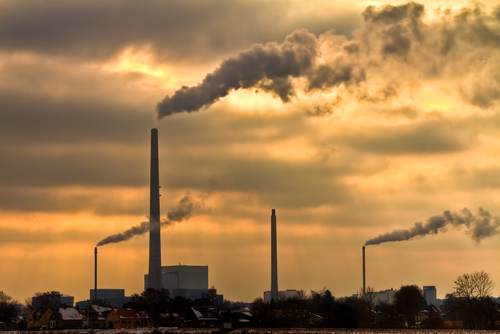Benzene is a dangerous chemical not many people realize is being used at manufacturing facilities in their towns and communities. Benzene is a colorless, sweet-smelling flammable liquid that evaporates quickly when exposed to the air. It comes from environmental processes such as volcanoes and forest fires as well as human activities. Benzene is used in many workplace industries, including oil refineries, chemical plants, rubber industries, and more. In fact, the American Cancer Society states that benzene is one of the 20 most widely used chemicals in the United States.

What is Benzene Exposure?
Benzene exposure can occur through inhalation, skin exposure, or oral exposure. All three exposures are equally dangerous; however the most common form of benzene exposure is through inhalation.
You could be exposed to benzene through outdoor air that contains low levels of benzene from tobacco smoke, motor vehicle exhaust, industrial emissions and gas stations. Higher levels of benzene are usually found in indoor air, which may include fumes from glues, paints, furniture wax and detergents. People working in industries that make or use benzene experience the highest levels of benzene exposure.
Any level of exposure can lead to potentially serious, long-term damage. When a person is exposed to benzene, the chemical is quickly absorbed into the bloodstream and begins to damage stem cells. This may lead to potentially fatal blood disorders or any of the following symptoms:
- Drowsiness
- Dizziness
- Rapid heart rate
- Headaches
- Tremors
- Confusion
- Unconsciousness
- Death (in extreme cases)
Benzene Exposure Studies
Studies have been conducted on benzene exposure that revealed higher rates of leukemia (specifically acute myeloid leukemia (AML) in workers exposed to high levels of benzene. Other studies also connect benzene to acute lymphocytic leukemia (ALL) in children, chronic lymphocytic leukemia (CLL), non-Hodgkin’s lymphoma, aplastic anemia and other blood-related cancers.
The Firm evaluates the medical and legal situations of individuals who have been exposed to benzene resulting in health problems, as they may have a benzene exposure case. There are many factors involved in evaluating a case, which include the type of leukemia or lymphoma, the date of diagnosis, the location of the benzene exposure, the length and method of exposure, the companies or individuals who may be responsible and the potential damages.
If you have been exposed to benzene and are now facing health problems such as the conditions listed above, contact the Simmons Hanly Conroy today.




